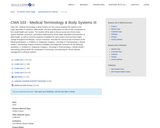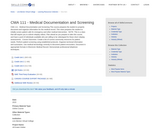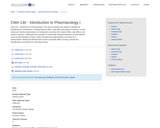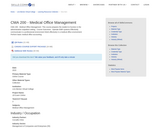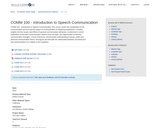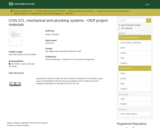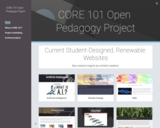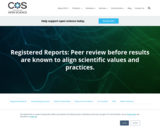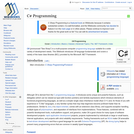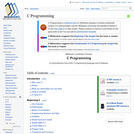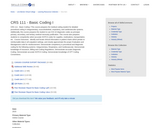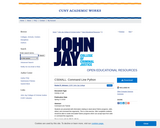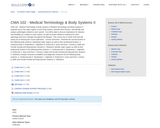
Medical Terminology and Body Systems II prepares you to list major organs in each body system, describe their function, and identify and analyze pathologies related to each system. You will be able to discuss implications for disease and disability as it relates to each system, as well as issues related to treatment for each pathology and how it changes throughout the lifespan. This course has 4 Credit Units that will assist you in learning the course objectives.
Course Outcomes:
1. Describe the normal function of the following body systems, identifying major organs as well as their anatomical location: a. Cardiovascular b. Respiratory c. Digestive d. Endocrine e. Eyes and Ears f. Urinary g. Male and Female Genital and Reproductive Systems h. Obstetrics
2. Identify major organs as well as their anatomical location in the following body systems: a. Cardiovascular b. Respiratory c. Digestive d. Endocrine e. Eyes and Ears f. Urinary g. Male and Female Genital and Reproductive Systems h. Obstetrics
3. Analyze treatment modalities and diagnostic measures for the following body systems: a. Cardiovascular b. Respiratory c. Digestive d. Endocrine e. Eyes and Ears f. Urinary g. Male and Female Genital and Reproductive Systems h. Obstetrics
- Subject:
- Anatomy/Physiology
- Life Science
- Material Type:
- Full Course
- Provider:
- Linn-Benton Community College
- Author:
- Linn Benton Virtual College
- Date Added:
- 07/09/2020
